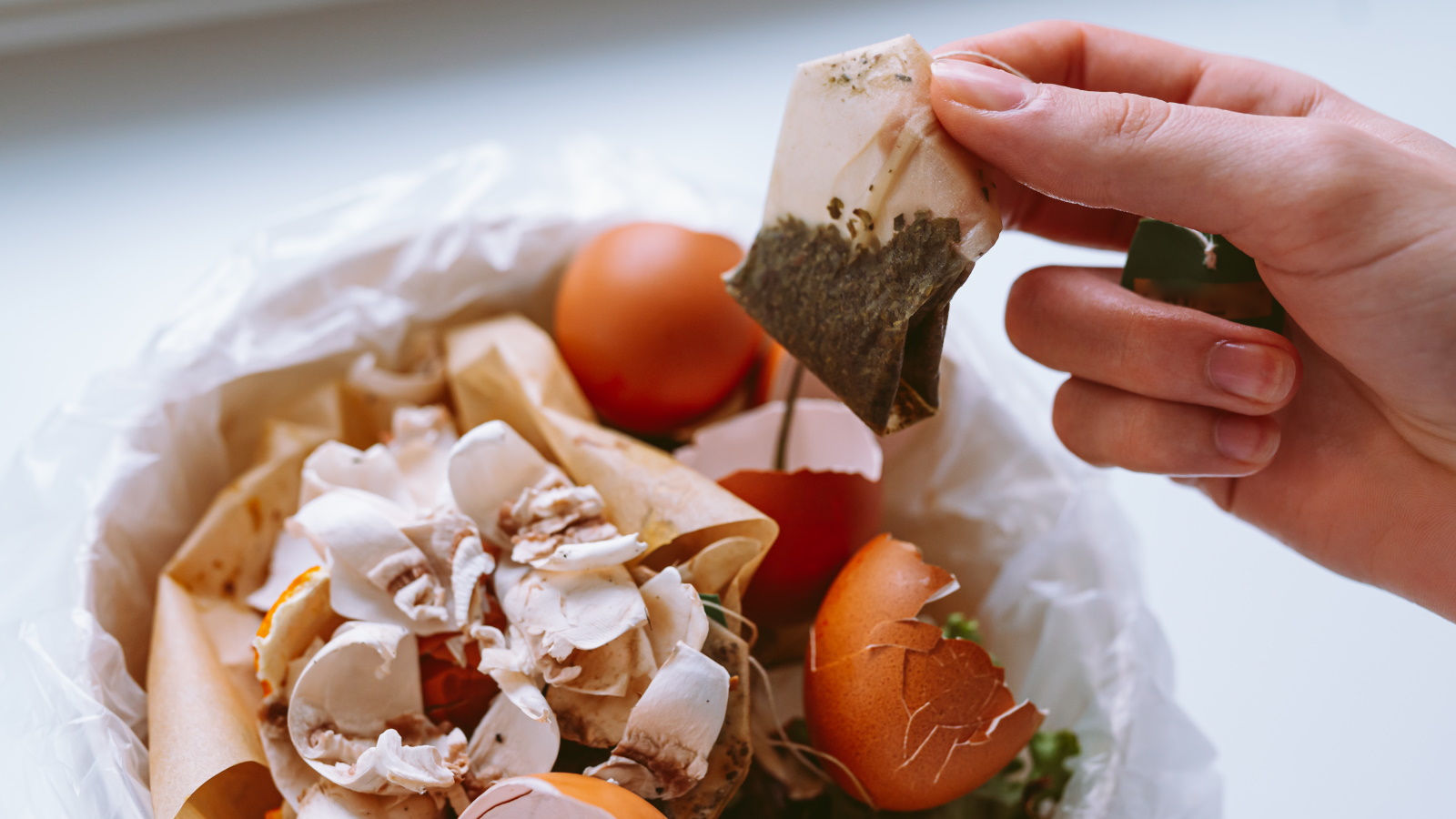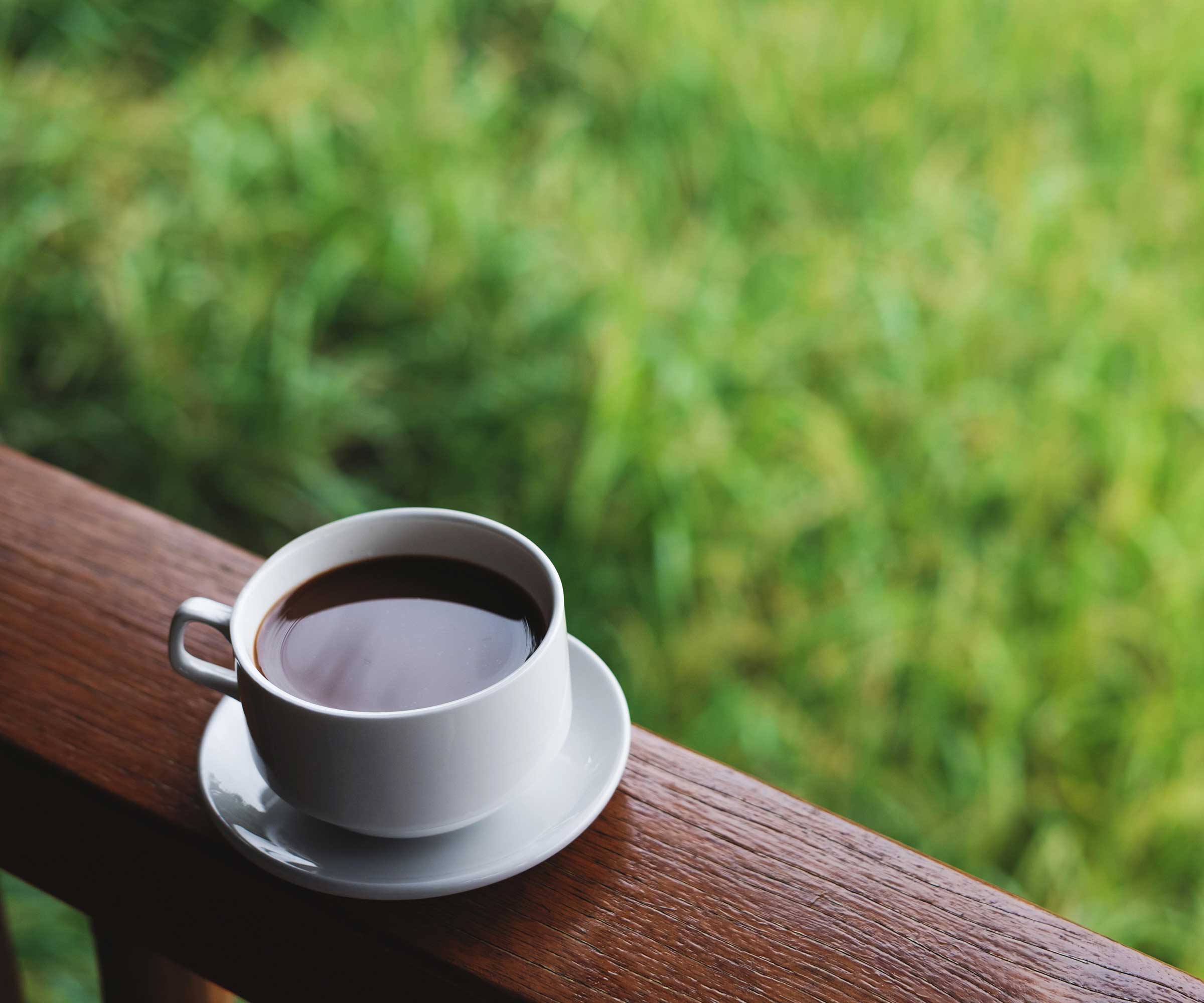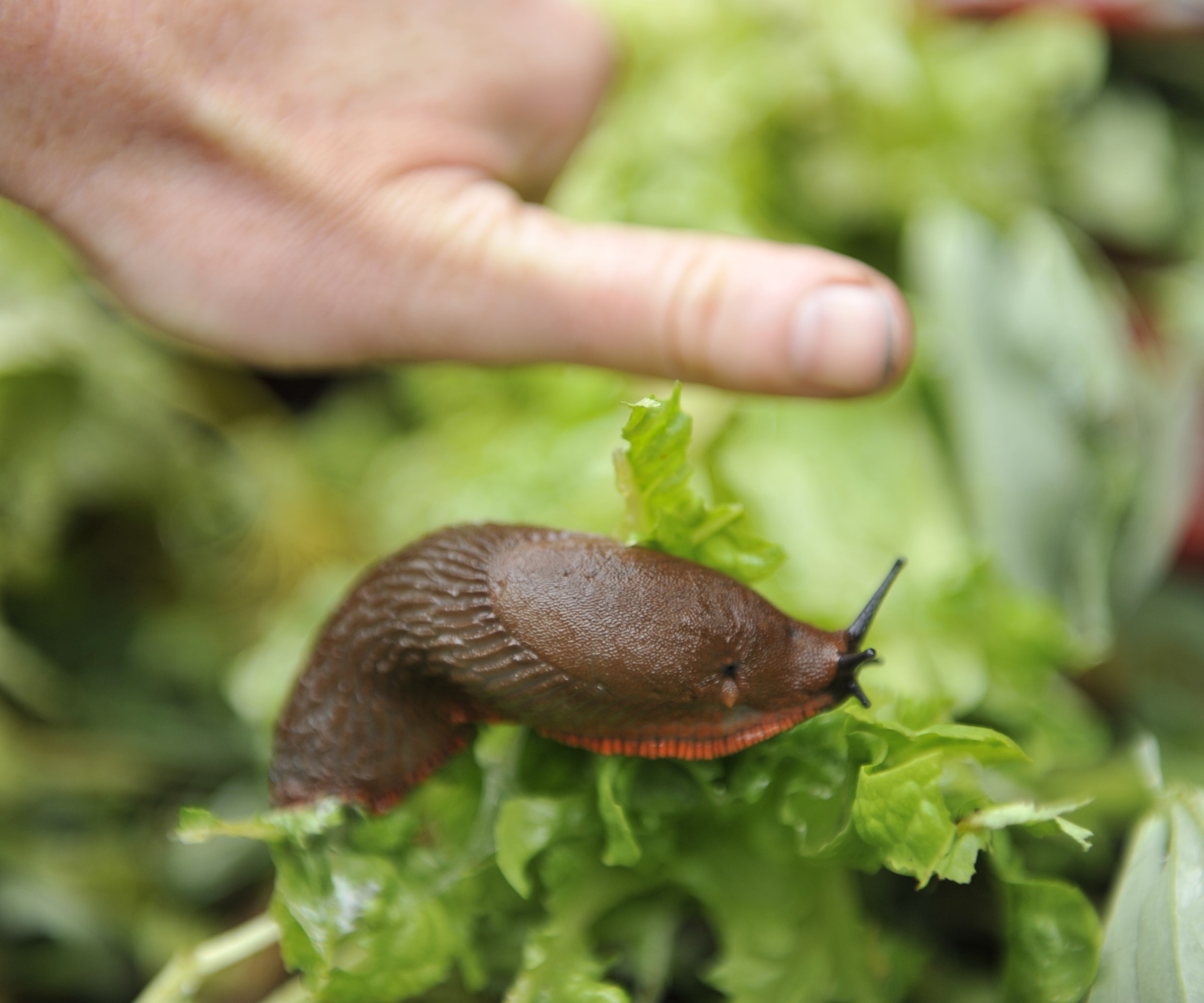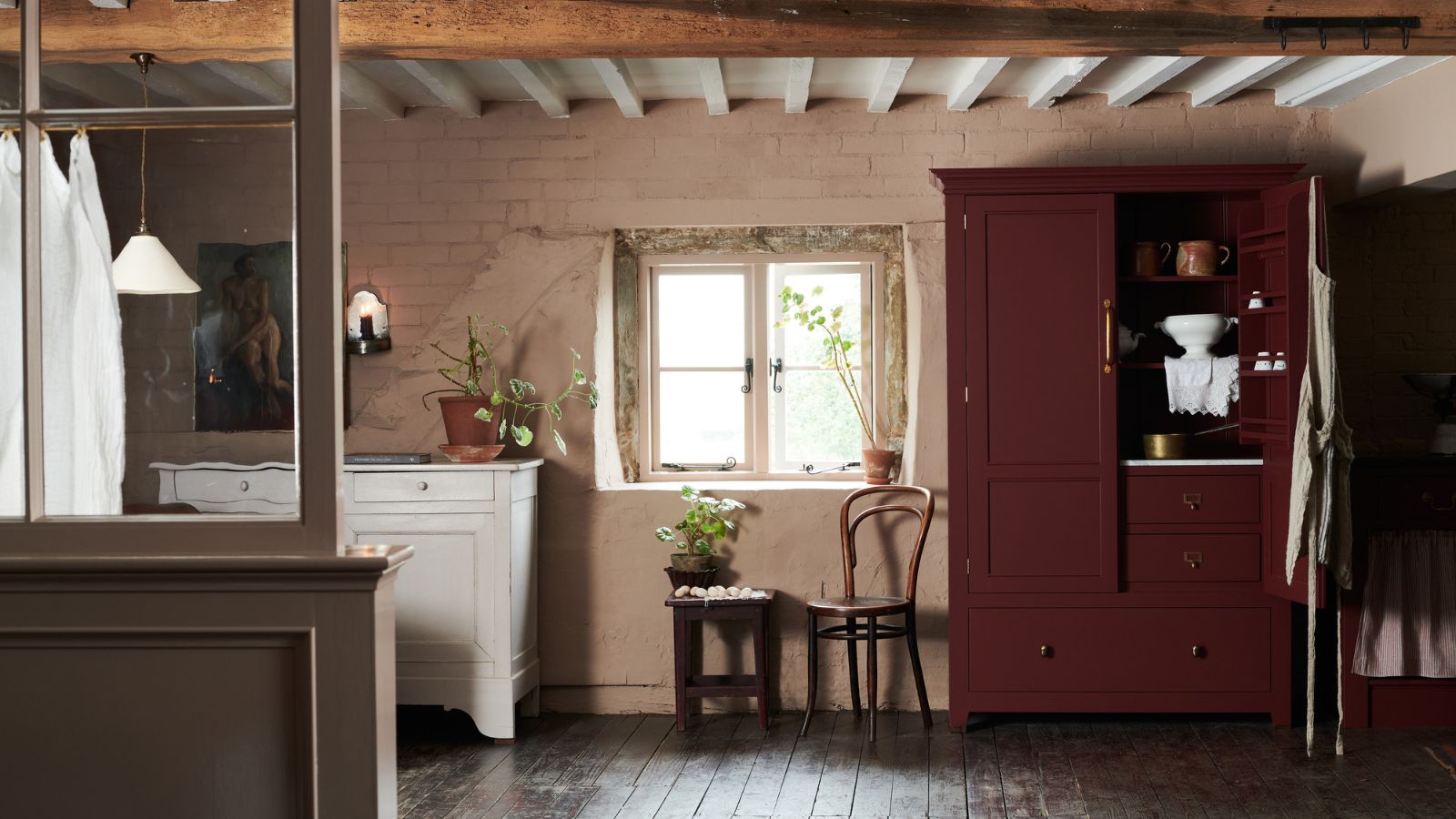Using tea bags on your lawn is the secret ingredient you didn't know you needed, say gardening pros
Recycling used tea bags in your garden can bring subtle benefits to your lawn, and can even deter pests, too


Going the extra mile to recycle once-used items from our home is always a good thing. But what if we told you that reusing an everyday kitchen staple can bring natural benefits to your garden?
We already discovered that using tea leaves in the garden can do good things for your plants, but what about your grass?
After talking to gardening and lawn care experts, we learned how to harness the power of used tea bags and where to use them around the yard for the best results. An added benefit is that this method can also help to deter certain pests. It will involve a bit of effort, however, and might only be suitable for gardeners who drink a lot of tea.
Are tea bags a useful addition to your lawncare?

The experts we talked to confirmed that placing tea bags in your garden can bring health benefits to plants, soil and lawns - and help to deter some pests. However, if you have a larger lawn you will need a lot of tea bags and time to make a big difference.
Bryan Clayton, CEO of lawn care company GreenPal, says, 'If you’re using tea bags to improve your lawn, the idea is they add organic matter and a bit of nitrogen as they break down. That’s not totally bogus, but you’d need a whole lot of them to make any real difference to a big yard.
'And you’ve got to swap them out every couple of days, especially if it rains, or they just turn to mush and start smelling.'
Jessica Mercer, plant expert at Plant Addicts, seconds this, agreeing that using tea bags in your garden to improve your lawn can help but it won't miraculously fix all pre-existing problems.
'As tea bags decompose, they slowly release nitrogen and other compounds that can help sustain root growth, but one should not expect them to remedy major soil deficiencies on their own.'
If you're interested in trying out this zero-waste gardening hack there are two main factors to consider: are you willing to put in the time to switch the tea bags regularly, and if not do you have a small enough yard or garden box to make the hack feel doable?
Especially if you live in a sunnier climate with a smaller yard, this nifty tea trick is more than possible to implement into your mindful gardening routine with little extra effort, so why not reap the benefits even if they are subtle?
Using tea bags such as the Red Rose Original black tea from Walmart will make your life easier because each bag has a tag that can be left sticking out of the soil. This way, you can keep track of where your tea bags are, whether you plan to try out this hack once or continue doing it long term. Alternatively you can stick plant markers such as the Delatanus plant markers from Amazon next to them in the soil.

Bryan Clayton is CEO of GreenPal. He has more than 20 years experience in the lawn care and landscaping business, plus a good bit of time in pest control too. He has seen folks try just about everything on their lawns, including using tea bags.
How to use tea bags to improve your lawn

- Rejuvenate dying patches of grass: If there are patches on your lawn looking a bit worse for wear, burying used tea bags in the soil can act as a natural way to bring nutrients back into the area. 'For lawn improvement, try burying used tea bags under the top inch of soil,' says Jessica. 'The gradual breakdown of the tea can modestly boost nitrogen availability for several weeks, although initially the microbes that decompose the tea bags will tie up free nitrogen, reducing the amount available to your lawn. It will balance out.' Investing in a soil probe like this soil meter from Amazon is a great way to ensure consistency when burying your used tea bags in the yard.
- Turn your tea bags into compost: Adding your tea bags into a compost bin to decompose and create nutrient-rich fertilizer is an effective hands-off approach to keeping your lawn luscious. Though it's important to know this can take more time and only certain types of tea bag are biodegradable. 'Avoid using tea bags made from synthetic material, which will not decompose or provide any nutritional benefit to your lawn,' says Jessica. In the future I plan to invest in a kitchen compost bin like this compost bin for kitchen countertops from Amazon to make using kitchen waste in my garden second nature.
- Strengthen the border of your lawn: Burying tea bags around the border of your lawn is an effective way to maintain healthy edges, as well as keep your tea bags somewhere easier to find again. 'You can use tea bags on lawns and borders to improve soil structure, as the tea's tannic acids and trace nutrients slowly seep into the topsoil,' says Jessica. 'These effects are moderate rather than miraculous, and will work best for acid-loving lawns such as fine fescues, centipede grass, or Bermuda grass.' Edging your lawn with a tool like the WORX WG896 lawn edger and trencher from Amazon will help to keep everything looking neat and tidy.

Jessica Mercer, PhD, is the Senior Content Marketing Coordinator for Plant Addicts. As a “plant collector”, Jessica enjoys growing many different plants and learning about the best cultural practices for each. Writing for Plant Addicts is a real joy for her, as she can use her science background to research interesting plant topics. She carefully considers how to best present the information to other gardeners, with a focus on sustainability and the environment.
Ways to use tea bags to deter garden pests

Tea bags have the power to irritate, repel and disturb the living situation of pests around your yard and on your lawn in so many ways.
As Siobhan Shaw, co-founder of Growing to Give, pointed out to us, different kinds of tea bag have different qualities best suited for deterring different kinds of pests. Here's Siobhan's basic breakdown:
'First up, peppermint tea. It’s a game-changer. Ants hate it. The menthol messes with their scent trails and basically tells them to move along. Dry out the used bags and toss them wherever you’ve seen ants. It’s safe for pets and kids, and gentle on your grass. Just refresh the bags once a week or after it rains.
'Next, citrus teas like lemon or orange. If you’ve got gnats or weird soil bugs making a mess of your lawn, the oils in citrus teas can help push them out. Scatter or sit the bags in the rough patches and let them do their thing.
'And don’t sleep on green or black tea. They don’t repel bugs the same way, but they help mask that earthy, damp smell that pests are drawn to, especially fungus gnats. Open up the bags and sprinkle the contents over your lawn for a subtle scent shield, or place them around the area.'
Placing tea bags around the perimeter of your lawn won't only help to strengthen the edges, it will also deter lawn pests from wanting to enter the space entirely.
'Many gardeners place used tea bags around the edges of lawns or flowerbeds, as the remaining aroma can prevent slugs and snails,' says Jessica. 'This effect often holds for a couple of weeks, until rainfall and decomposition diminish the scent. While this natural barrier may not stop every intruder, it offers a modest, eco-friendly defense before the tea fully breaks down.'

Siobhan Shaw is the co-founder of Growing to Give, a regenerative agriculture expert, and a global voice for food justice and community resilience. She grew up on a farm, is married to an agri-tech inventor, and began container gardening in urban spaces decades ago to bring nature back into her life. Today, she draws from deep personal experience in the field - both literal and figurative - to lead global initiatives in sustainable agriculture, enhance and build community gardens, and collaborate on projects like the nation’s largest food forest.
Now you know that tea has hidden powers that can benefit your garden, you may be wondering what the stance is on coffee.
Here, we talked to experts to discover if coffee grounds are good for plants and whether coffee ground keep bugs away.
Sign up to the Homes & Gardens newsletter
Design expertise in your inbox – from inspiring decorating ideas and beautiful celebrity homes to practical gardening advice and shopping round-ups.

Ciéra is a writer and regional laureate with particular passions for art, design, philosophy and poetry. As well as contributing to Livingetc, she's an Editorial Assistant for Design Anthology, and a contributing writer for Homes & Gardens and Apartment Therapy. Previous commendations of hers include being Highly Commended by The Royal Society of Literature and receiving a prestigious MA Magazine Journalism scholarship to City University, London.
You must confirm your public display name before commenting
Please logout and then login again, you will then be prompted to enter your display name.
-
 I’m a professional cleaner, and I swear by these quick and easy tips to clean pet hair from wooden floors
I’m a professional cleaner, and I swear by these quick and easy tips to clean pet hair from wooden floorsStaying on top of the mess makes it 10 times easier
By Carolina Kazimierski
-
 Kim Kardashian, Flea, and Travis Scott have this space-age sofa in their living room – the unique, luxury piece is redefining how we think about seating
Kim Kardashian, Flea, and Travis Scott have this space-age sofa in their living room – the unique, luxury piece is redefining how we think about seatingRecently, we've spotted this otherworldly sofa in the homes of seemingly every celebrity we know, Kim Kardashian included
By Sophie Edwards